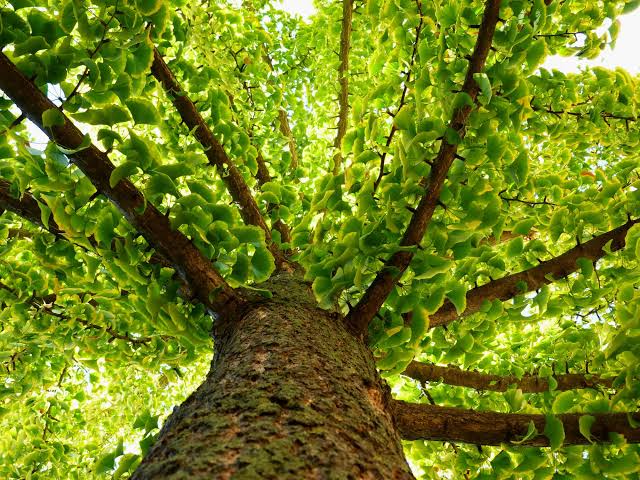Researchers in the US and China studied growth rings taken from inside the trunks of 34 healthy ginkgo trees. The trees ranged in age from 15 to 667 years old. They found that the ginkgos didn’t stop growing as they aged, although the rings grew thinner.
image1
They found that, no matter what their age, the trees produced protective chemicals that helped defend against outside stressors such as disease or drought.
"In humans, as we age, our immune system begins to start to not be so good," said Richard Dixon, a biologist at the University of North Texas. But in a way, "the immune system in these trees, even though they’re 1,000 years old, looks like that of a 20-year-old."
"As ginkgo trees age, they show no evidence of weakening their ability to defend themselves from stresses," Dixon added.
The study concluded that, in effect, old ginkgo trees stay healthy by preventing aging and maintaining their ability to resist external stresses.
Ginkgo trees are native to China and are known for their distinctive fan-shaped leaves that turn buttery yellow in the fall. Besides their longevity, fossils of the species date back to the time of the dinosaurs.
They’re listed as endangered in the wild but, the Maidenhair tree, like the ginkgo, is also known, is found in many parks and gardens across the world.
Some Ginkgos are thought to be as old as 3,000 years, but that doesn’t make them the world’s oldest tree. Bristlecone pine with approximately 5,000 years-age is the oldest tree in the world.











